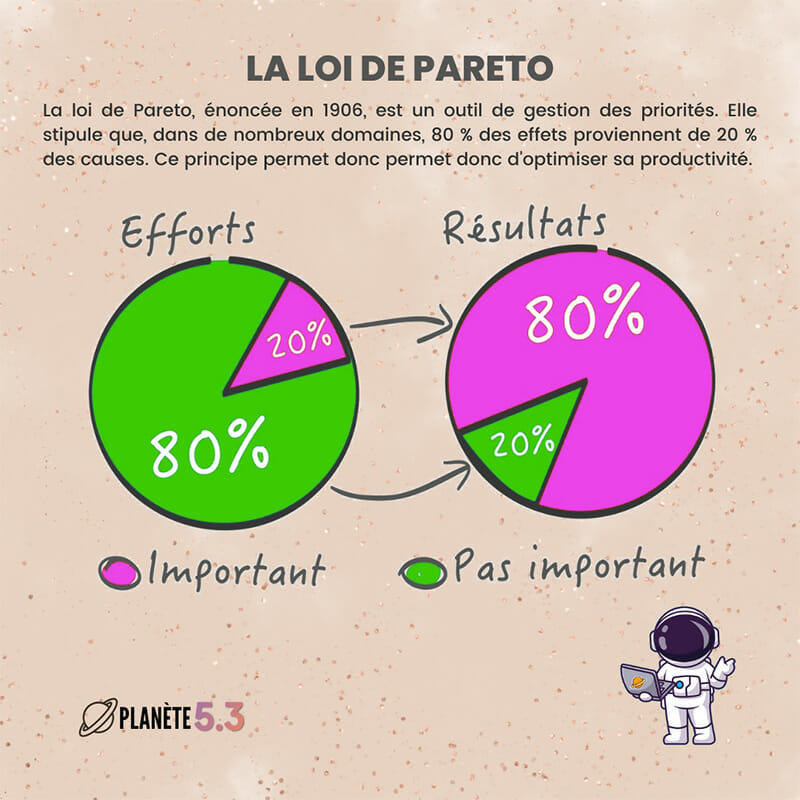This upsets the certainties of the scientific community: for the first time in the world, a case of rat hepatitis E has been diagnosed in Hong Kong (China) in a 56-year-old man. What is this disease that we thought was reserved for rodents only?

Never before had such a case been observed. A case of human infection drat hepatitis E (Rat HEV) was recently diagnosed in a 56 year old resident of Hong Kong, China. This is the first human case known to date. The University of Hong Kong claims to have “proven for the first time in the world that the rat hepatitis virus can infect humans and cause clinical infection.” No evidence had previously shown that rats could infect humans.
Hepatitis E in humans
Hepatitis E in rats is “a very distant cousin of human variants of hepatitis E”, an infectious disease caused by a virus causing damage to the liver (hepatitis). Little known until now, it only concerned rats, potential reservoirs of the virus.
In one epidemiological bulletin relating “new animal knowledge” linked to hepatitis E, ANSES indicated that “the virus or viral sequences were isolated only from pigs, wild boars, deer, rabbits, rats and mongooses, confirming that these are species in which there is an active multiplication of the virus “. But ANSES concluded at the time:” there is currently no data on their possible transmission to humans or to other species. This is no longer valid. the University of Hong Kong explains that this discovery has “major significance for public health”, since it demonstrates that humans can be directly infected by a rat.
In recent months, the rat colonies already present in the city’s arteries have grown massively, making their presence a real urban problem. The fact that these rodents can infect humans is therefore worrying. According to the newspaper South China Morning Post, the patient who lived in a city whose surroundings attest to the presence of rats, may have become infected by eating food contaminated with rodent droppings. He is now recovering, but his case has caused a start in the scientific community.
Rats, already at the origin of the plague of China in 1894
The plague of China, the last pandemic of plague known which began in 1894 in Hong Kong, touched 77 ports on the five continents in ten years. At the time, the Franco-Swiss doctor Alexandre Yersin suspected the city’s rats of being vectors of this disease when he saw a large number of their corpses in the streets. Yersin demonstrated that the rat plague bacillus was the same as that of human plague. These first results enabled him to develop, two years later, a first anti-plague serum which had great success.
Hepatitis E in France
This recent discovery comes in a French health context already marked by the resurgence of cases of hepatitis E. According to the latest report from Public Health France, the number of cases literally exploded in France (9 vs. 2,292) between 2002 and 2016, as did the number of people hospitalized for this disease (57 vs. 653).
The most frequently documented French transmission is food, caused by the consumption of contaminated products from animals carrying HEV such as pigs, wild boar, deer and not rats for the moment. “Pork, the main reservoir of HEV in France, is the source of food transmission, particularly products made from raw liver. Prevention relies on informing consumers about what is necessary. cooking at heart (71 ° C for 20 minutes to inactivate the virus) of these products “, therefore alert Public Health France.
.

















